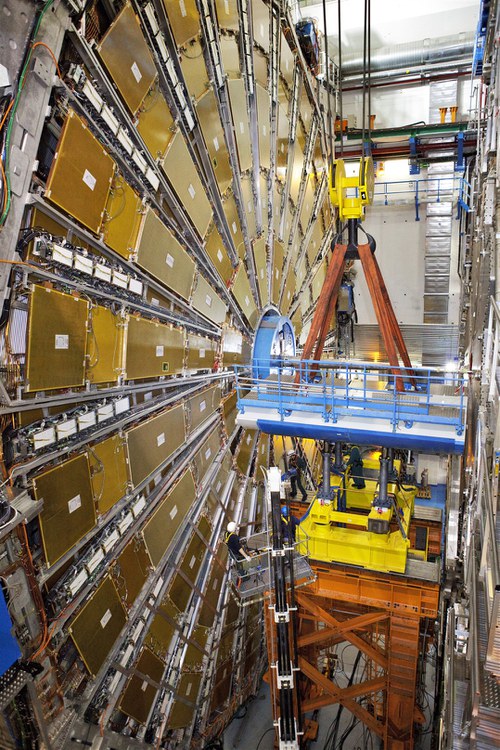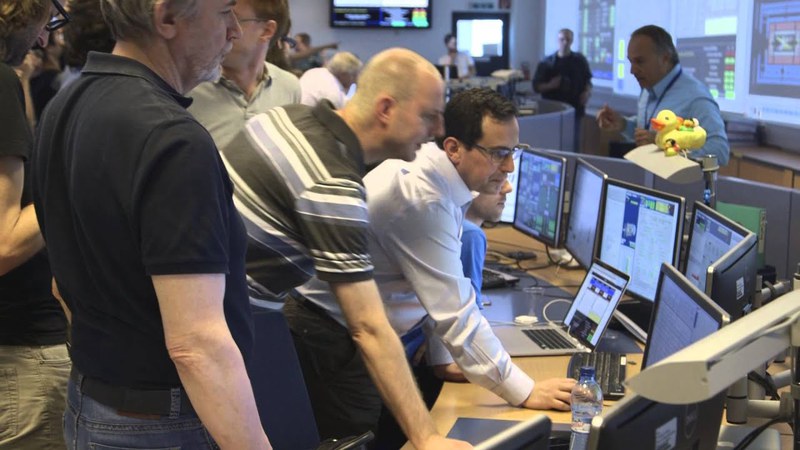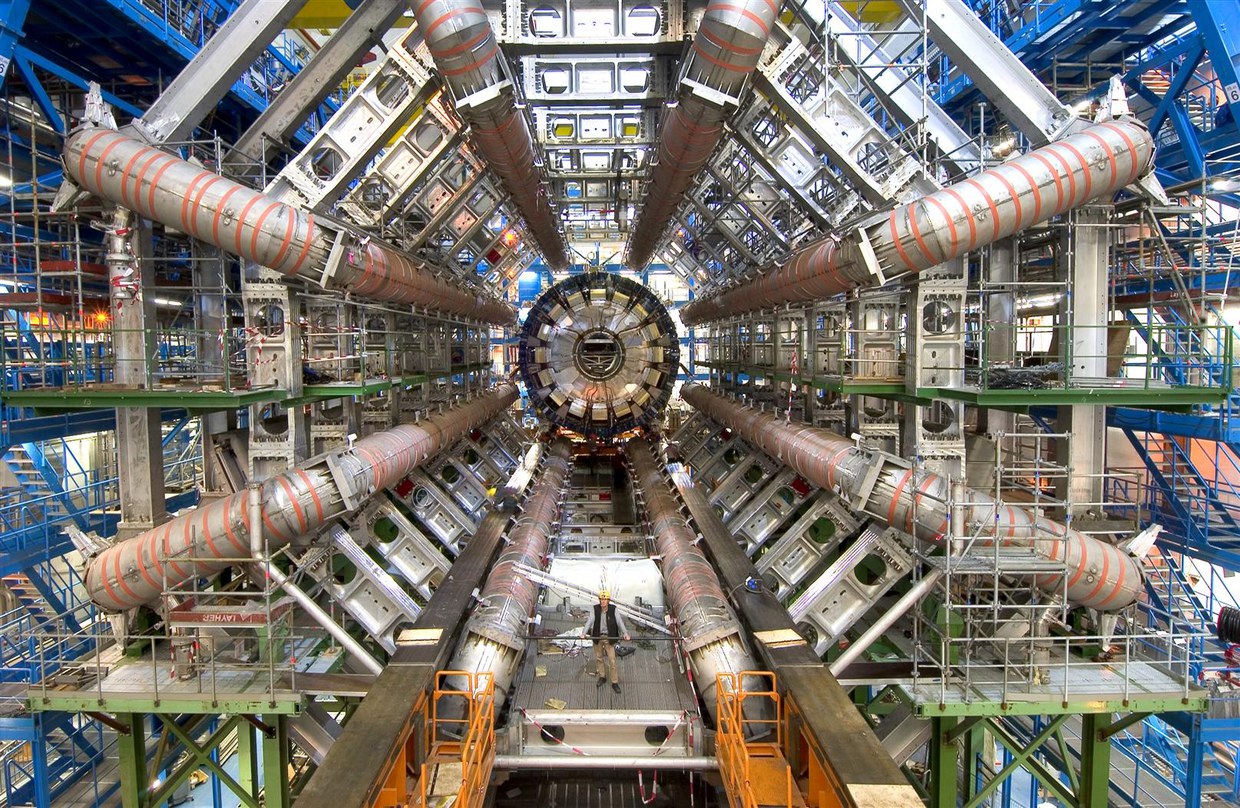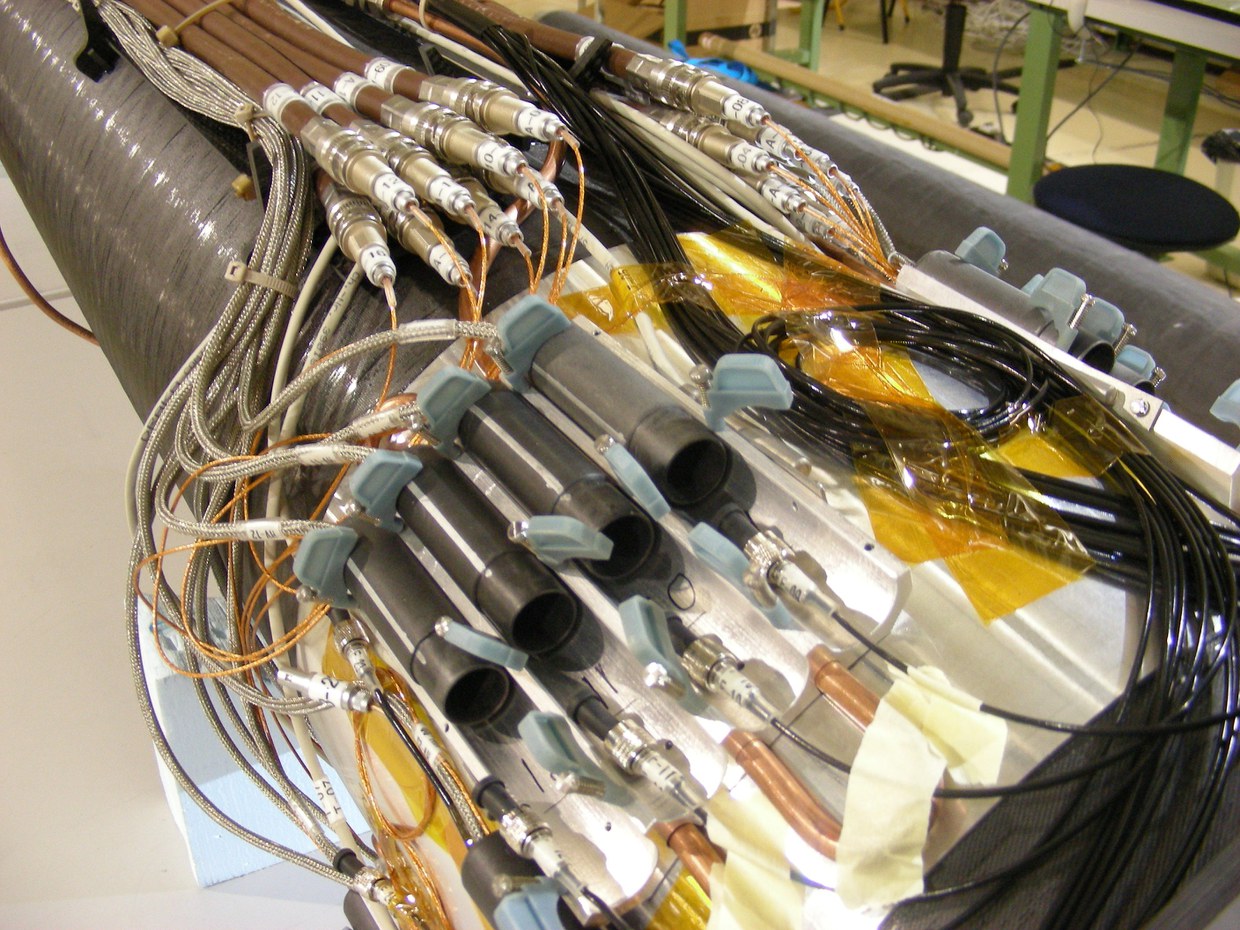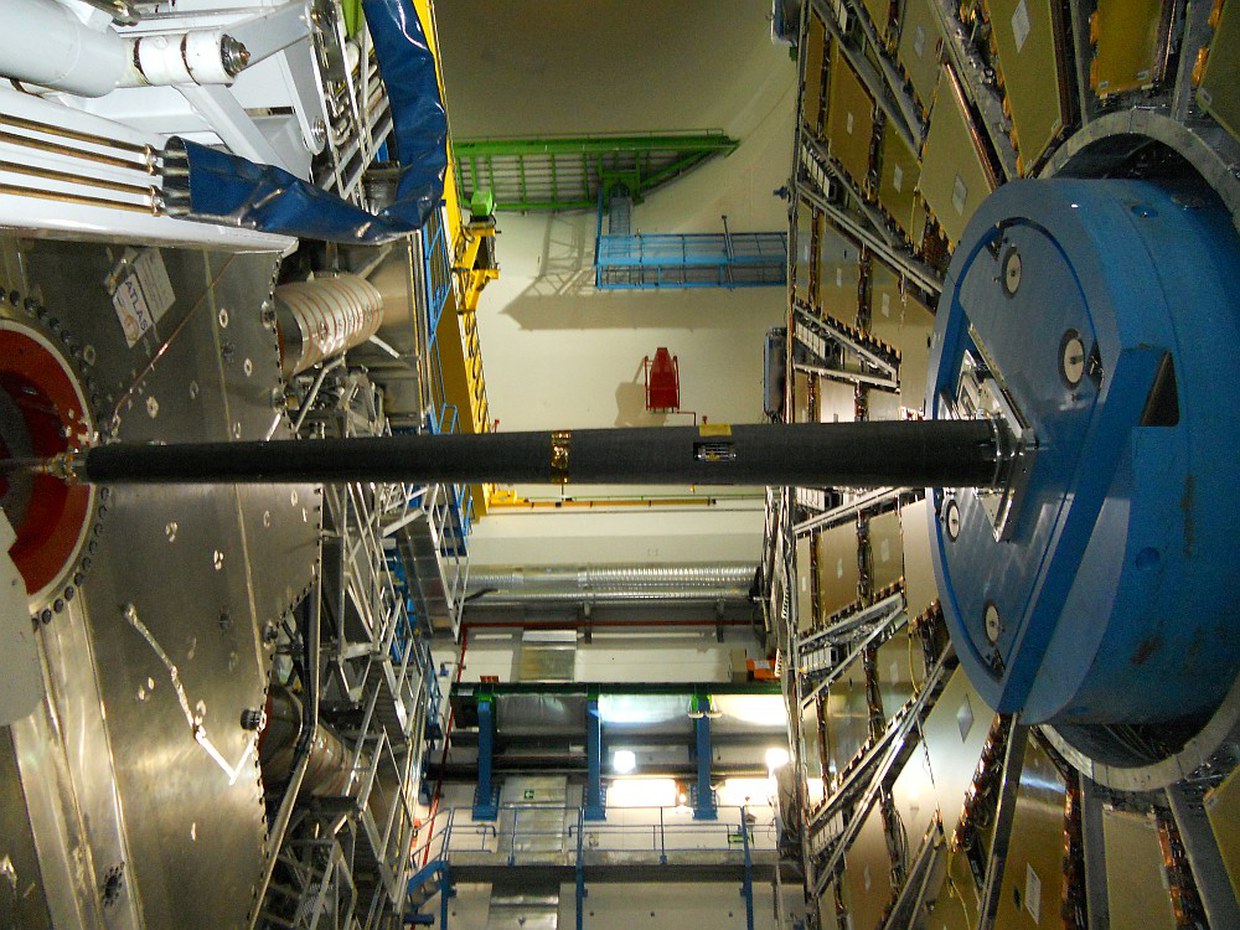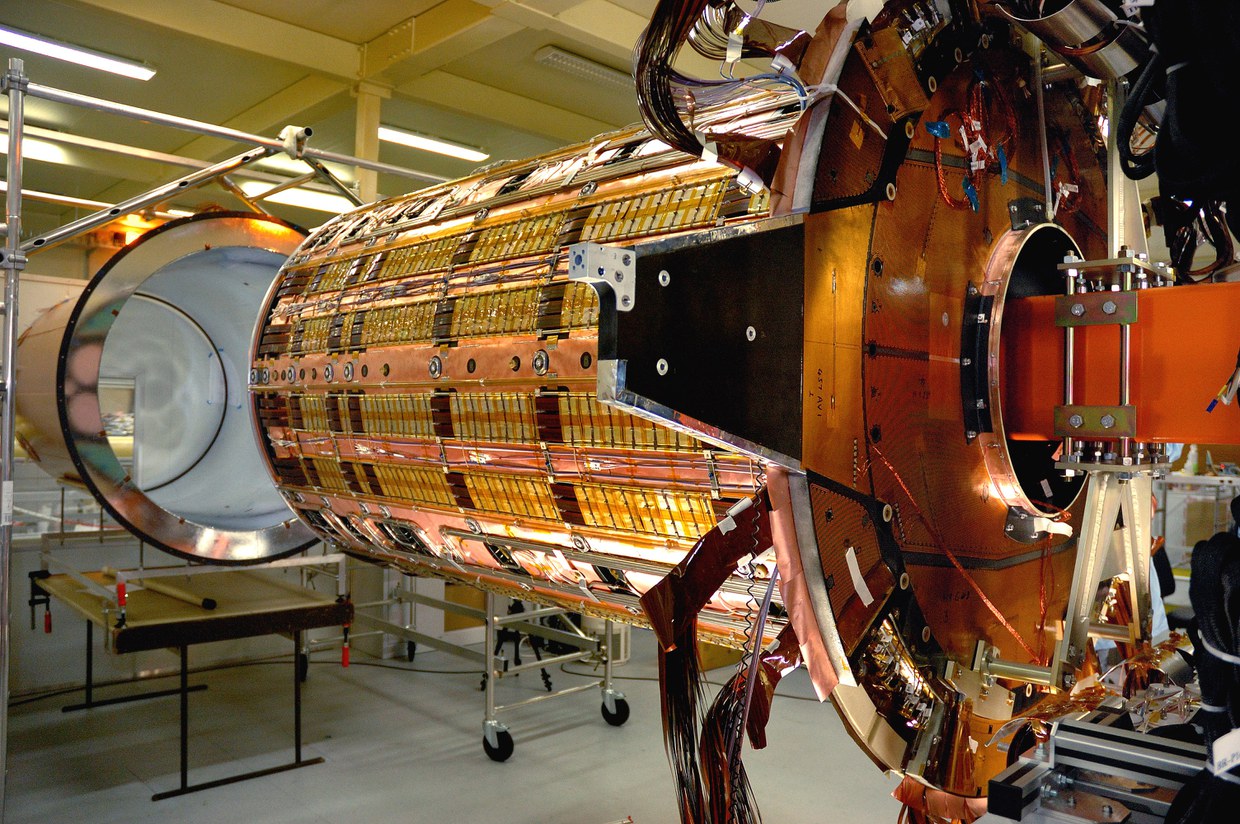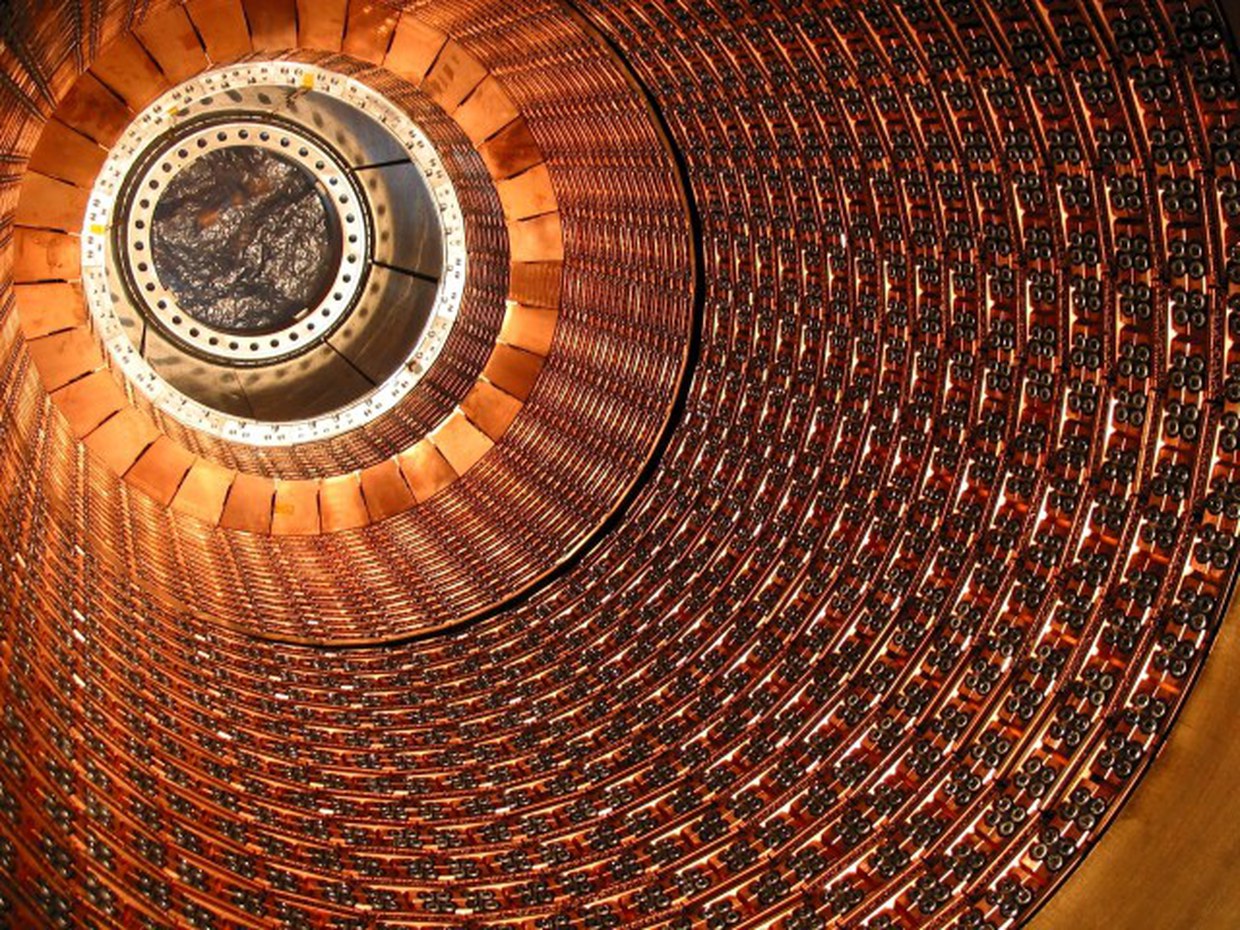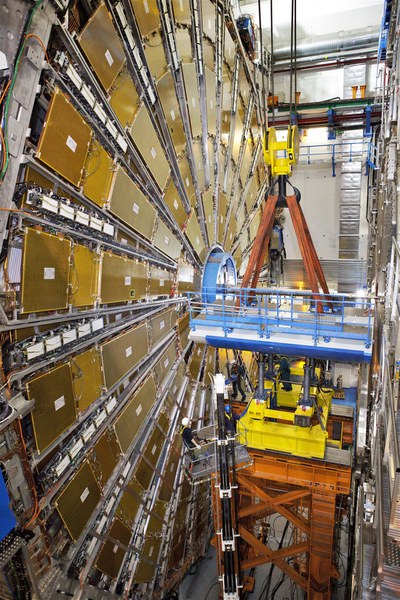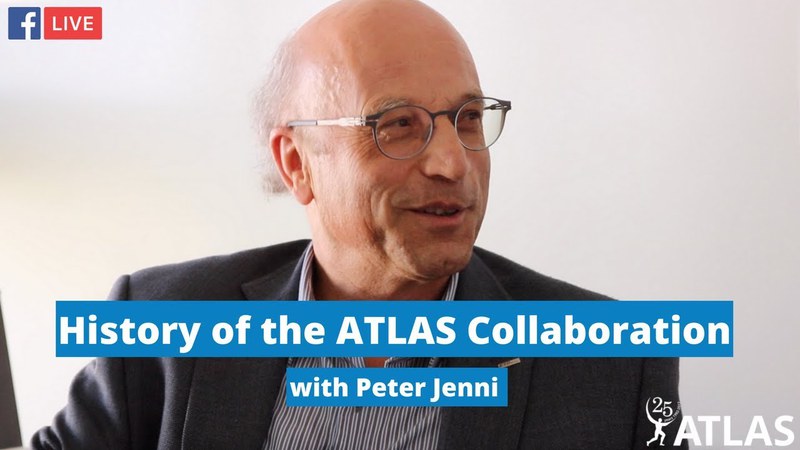It is a large general-purpose experiment at the LHC accelerator, aimed at the study of the standard model of fundamental interactions, investigation of the Higgs boson and searches for physics beyond the standard model (SUSY, extra dimensions, etc.). Proton-proton collisions with center of mass energies up to 13 TeV and lead-lead collisions with energies up to 5.02 TeV in binary nucleon-nucleon interactions are studied.
Physics of the Standard Model: The Standard Model (SM) of particle physics is a theory that describes the elementary particles such as quarks, leptons and gauge bosons, and their interactions (electromagnetic, weak and strong). To date, the validity of the SM has been confirmed by all the subnuclear physics experiments. At the LHC it is possible to test the predictions of this theory at energies never achieved before.
Physics of the top quark: the top quark is the heaviest quark in the SM and was observed for the first time at Fermilab in 1995. Due to the high collision energy at the LHC the top quark is produced in abundance, allowing precision studies on its properties, on the single-top production processes, on the t-tbar production or on their production in association with other particles such as the t-tbar-Higgs channel.
Investigation of the Higgs boson: the Higgs boson, discovered by ATLAS and CMS in the summer of 2012, is a field of intense studies targeting its production and decay modes. In the standard model it plays a key role in establishing particle masses through the spontaneous breaking of the electroweak symmetry. Several different production and decay modes are studied locally.
Search for physics beyond the Standard Model: we know that the Standard Model of particle physics is not the ultimate theory, and new physics must emerge at some energy level. The LHC machine enables ATLAS to explore new territories at the energy frontier. The local group is deeply involved in the quest for new physics in different directions: search for SUSY particles, extra-dimensions, hidden-sectors, extended gauge and Higgs sectors or through general searches without targeting particular models.
Detector activities and upgrade: in addition to the data analyses and data taking in progress, there is an intense experimental activity on designing and realizing the upgraded detectors, so that they are able to withstand the high luminosity planned for 2020 and later. These include the Muon Detector, the luminometer LUCID, the Inner Tracker upgrade (ITk), the TDAQ system and Computing.
